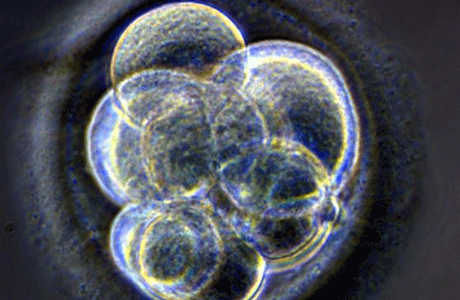 The official summary of the Human Fertilisation and Embryology Bill describes it as providing for revised and updated legislation on assisted reproduction and for changes to the regulation and licensing of embryo use in research and therapy.
The official summary of the Human Fertilisation and Embryology Bill describes it as providing for revised and updated legislation on assisted reproduction and for changes to the regulation and licensing of embryo use in research and therapy.A draft Bill, the Human Tissue and Embryos Bill, was scrutinised by a joint committee of both Houses of the UK Parliament. The Bill includes provision for research into different types of embryos, and proposes changes to definitions of legal parenthood for cases involving assisted reproduction.
New technologies, especially in relation to the creation of embryos from donor cells, have since come into existence and the present Bill deals with some of them and with the creation of inter-species embryos which the Bill terms “admixed embryos”.
The Bill provides for the mixing of human and animal genes, for the creation of embryos for spare parts for other siblings, for cybrids and chimerae, and for the creation of embryos for same-sex couples without any requirement for a father.
Lord Patel and Lord Walton moved two amendments relating to consent for the provision of human tissue for research in the course of the Report Stage legislative debate in the House of Lords.
The first amendment concerned human tissue that,either, had in the past been donated for research, or that could not be traced to the donor and for which no express consent had been given either for or against its use in the creation of human or inter-species embryos.
The amendment proposed that the law should be changed to permit the use of tissue donated for research on these bases to create human and human-animal inter-species embryos for research.
The second amendment proposed that it should be possible for children’s tissue to be given for the creation of human and human-animal embryos for research with only the consent of their parents.
These were termed, respectively, “presumed consent” and “substitute consent”.
The argument behind the amendments was that they were needed in order to facilitate research into serious diseases and that the continued ban upon such tissue use (save with the donor’s consent or for his or her own therapeutic benefit) would unduly hamper scientific research.
Initially, Baroness Royall, for the government, took the view that the amendments were potentially incompatible with the HRA and the Convention.
 How would Baroness Royall feel if scientists starting experimenting on her or stripping her out for "spare parts"? But she is quite happy for the same to be done to embryonic humans and for research to be done on children without their consent...
How would Baroness Royall feel if scientists starting experimenting on her or stripping her out for "spare parts"? But she is quite happy for the same to be done to embryonic humans and for research to be done on children without their consent...Patel and Walton responded robustly and the government later altered its position, and Lord Darzi, in an letter to peers, conceded a “compelling case” for removing some of the consent restrictions and agreed that such a case provided a proper exception to any potential incompatibility with the Convention.
There was little discussion in the Commons debates and Schedule 3 of the Bill contained the provisions of presumed and substituted consent as envisaged by the amendments.
These now provide, in contradistinction to the provisions in the 1990 Act, for the use of cells for the creation of “admixed embryos” if:
(1) The donor of stored material is dead (or is reasonably believed so to be); or
He is not dead but cannot be traced or identified; or
(2) A prospective donor is not legally competent to consent (either because a child or because mentally or physically incapacitated).
In addition, Schedule 7 is amended to allow an amendment to earlier legislation to the effect that research will not be regarded as intrusive to the extent that it consists in the use of a person’s human cells to bring about the creation in vitro of an embryo or human admixed embryo.
This is the direction that a society begins to take when it no longer draws any distinction between humans and animals, when it no longer recognises the uniqueness of man and his creation in the image of God and in the existence of free will, right and wrong and the human spirit or soul.
It marks the return to the long, dark road down the tunnel of dehumanisation, degradation and – after many foul vicissitudes – death.
We must work to save ourselves from a return to the darkness and pray, pray, pray for protection from what Winston Churchill once rightly called:
“the abyss of a new Dark Age made more protracted still by the lights of a perverted science”.
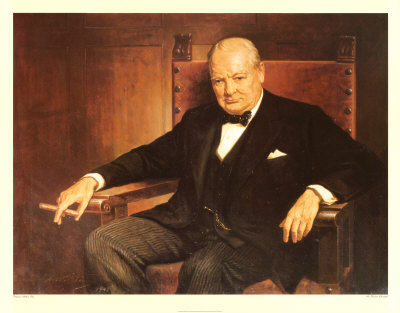 He fought against "the abyss of a new Dark Age made more protracted still by the lights of a perverted science".
He fought against "the abyss of a new Dark Age made more protracted still by the lights of a perverted science"....










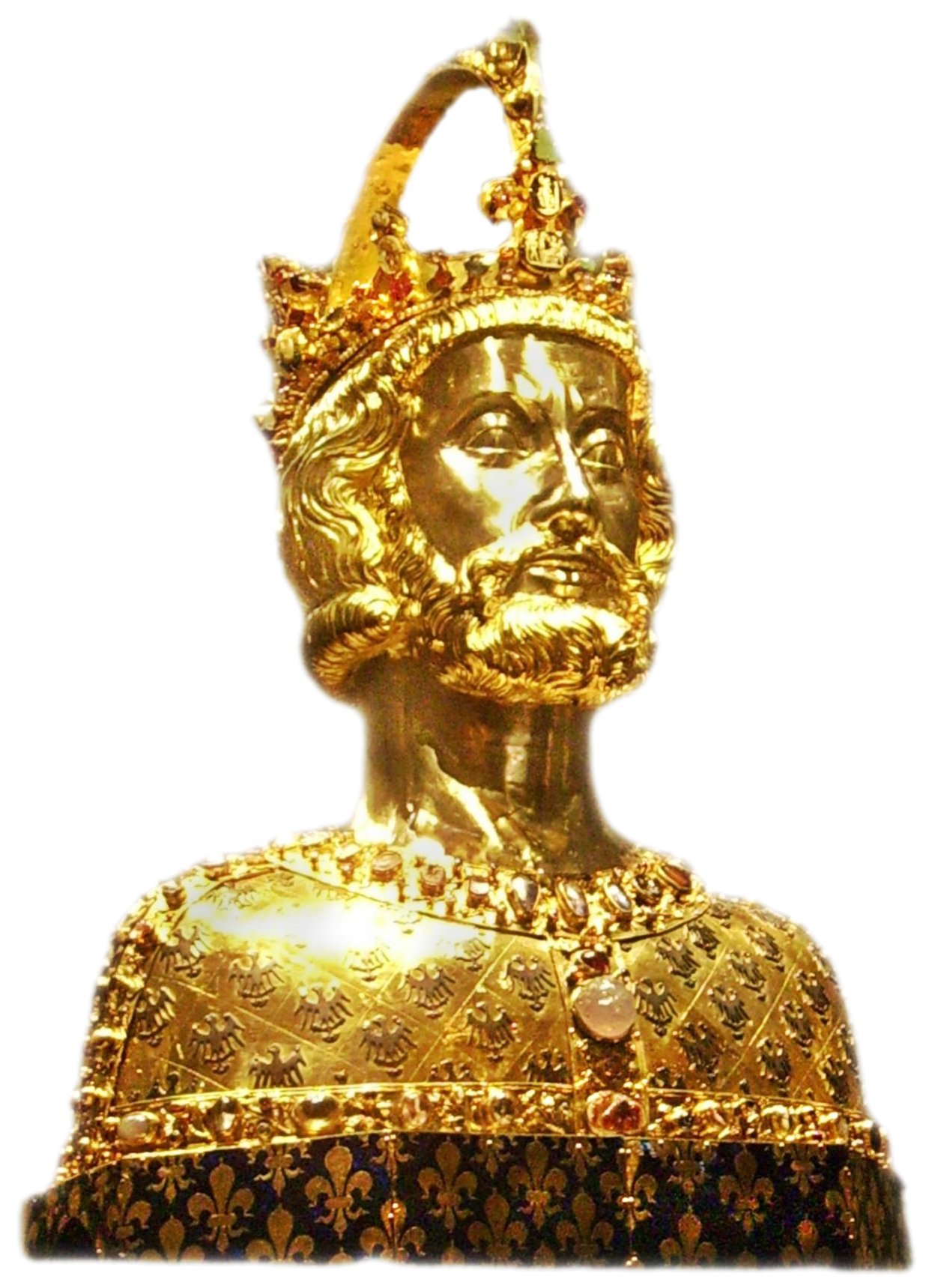



.jpg)


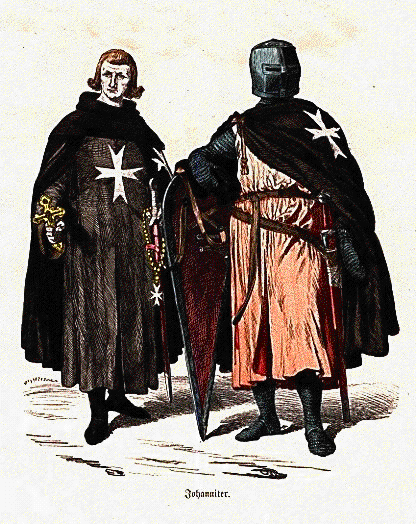




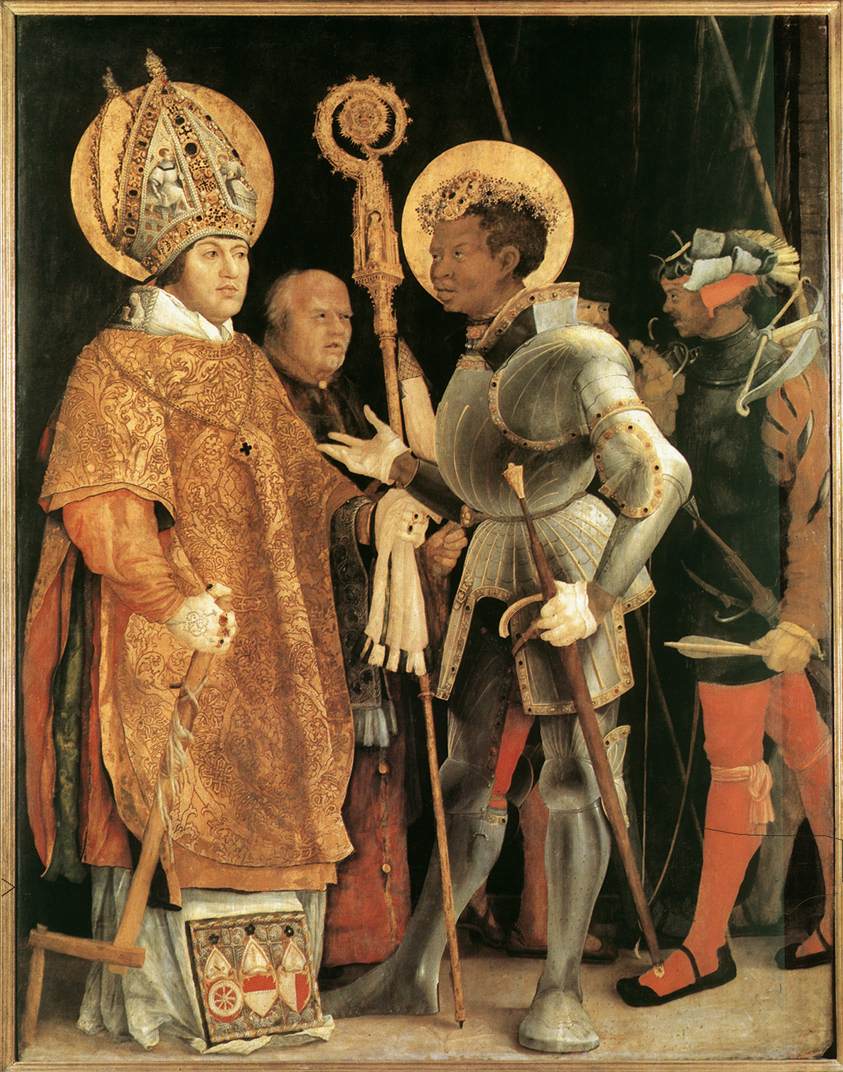
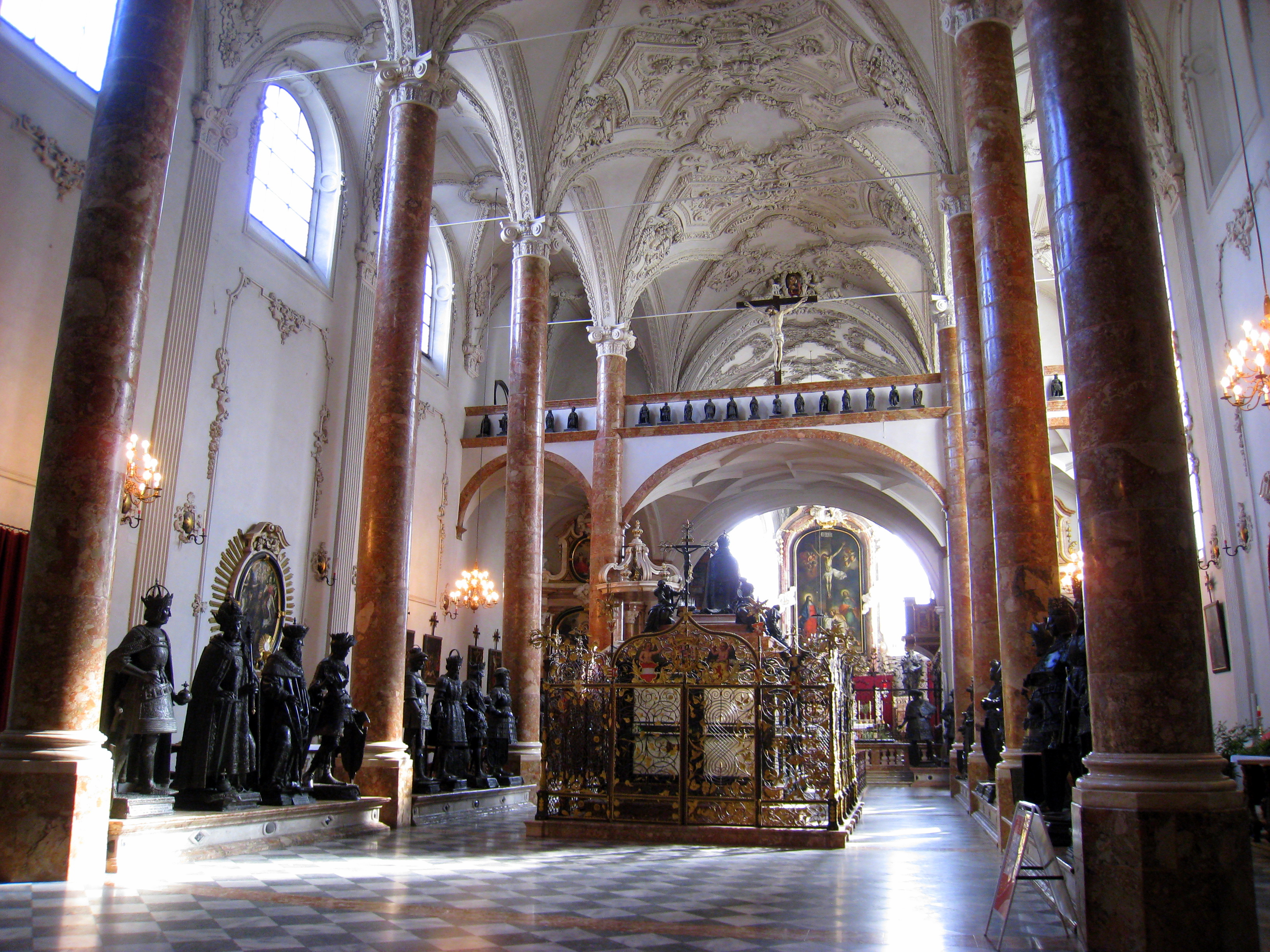


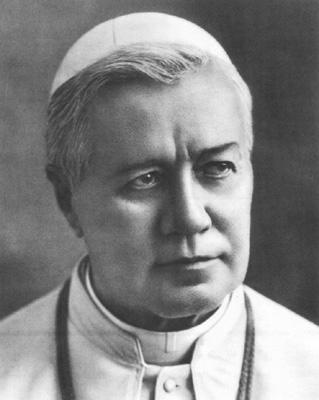














_-002.jpg/220px-Circle_of_Anton_Raphael_Mengs,_Henry_Benedict_Maria_Clement_Stuart,_Cardinal_York_(ca_1750)_-002.jpg)



2 comments:
Sir, you should know that Winston Churchill was a puppet of the zionist Rothschilds as well as a freemason, which pretty much makes him an enemy of Christ and of the Holy Catholic Church.
Dear MS,
Very likely but that does not make him anything like as big an enemy as the Nazis, not to mention a great many others like the Soviets, the Modernist Catholics and the atheist secularists of our day.
Churchill was, by today's standards, much more a friend of the Church than an enemy and a great deal better than many a Catholic wearing a mitre.
Don't fall into the trap that many a foolish Irish nationalist falls into, attacking British figures out of envy, hatred and ancient, irrational bigotry rather than focusing on the real enemies.
Try fighting the real enemy, my friend, and you will end up doing more good.
Post a Comment